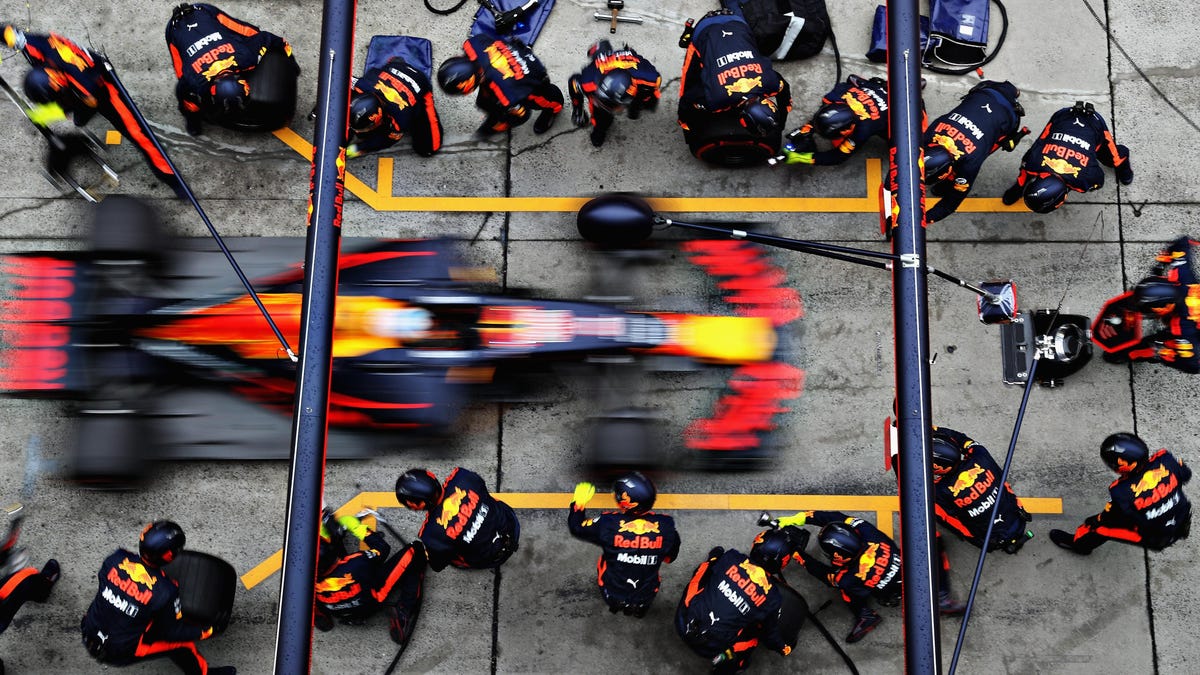How a Stethoscope Helped F1 Pit Crews Save Time

Photo: Mark Thompson (Getty Images)
If you’re an avid Formula 1 fan, you already know that the cars don’t stop for fuel during races. Each one carries as much gas as it’ll need to finish the race, from the first lap to the very last. But if you’re a more recent convert to the sport, you may not be aware that F1 cars used to stop for gas — and it took forever.
At least, that’s how it felt to the pit crews. They could have fresh tires on a car, everything ready to go, and still be waiting for fuel to finish rushing into the tanks. But race teams are, to their very core, always in search of an extra hundredth of a second. So when someone discovered that a stethoscope could save them fractions of a second on fuel, they picked it up instantly. But how does that work?
Crazy Formula 1 Stories With Marc Priestley… Kimi Raikkonen DID WHAT! #f1 #formula1
Allow Marc Priestly, ten-year veteran of the F1 pits and owner of a beautiful accent, to explain. Back in his day, Formula 1 teams each had identical high-tech fuel tanks that used a valve to regulate flow, rather than the pedestrian fluid dynamics-based nozzles at your local gas station. But teams started noticing that the tanks would empty before the nozzle whirred shut and the indicator light would tell crews it was safe to remove the tank.
So, rather than wasting precious tenths of a second waiting for a light, they got stethoscopes. By listening to the fuel nozzle itself, they could wait for the valve to start closing. Once they heard the slightest amount of movement, it meant fuel was done moving — they could safely remove the refill tank.
Every race team has its tricks for cutting down time on stops, but “listening to fuel like a doctor listens to lungs” is certainly a complex one. But, according to Priestly, it worked — giving his team a genuine advantage getting out of the pits.



